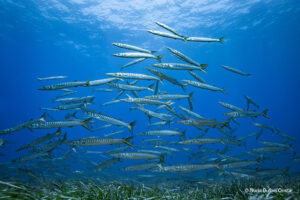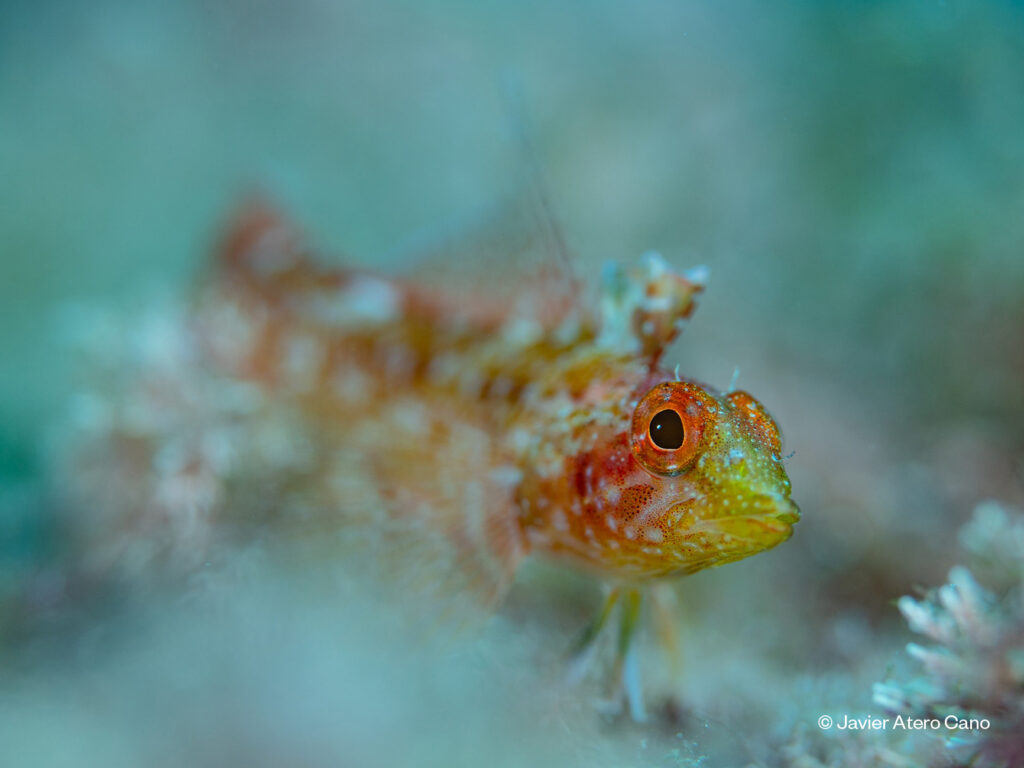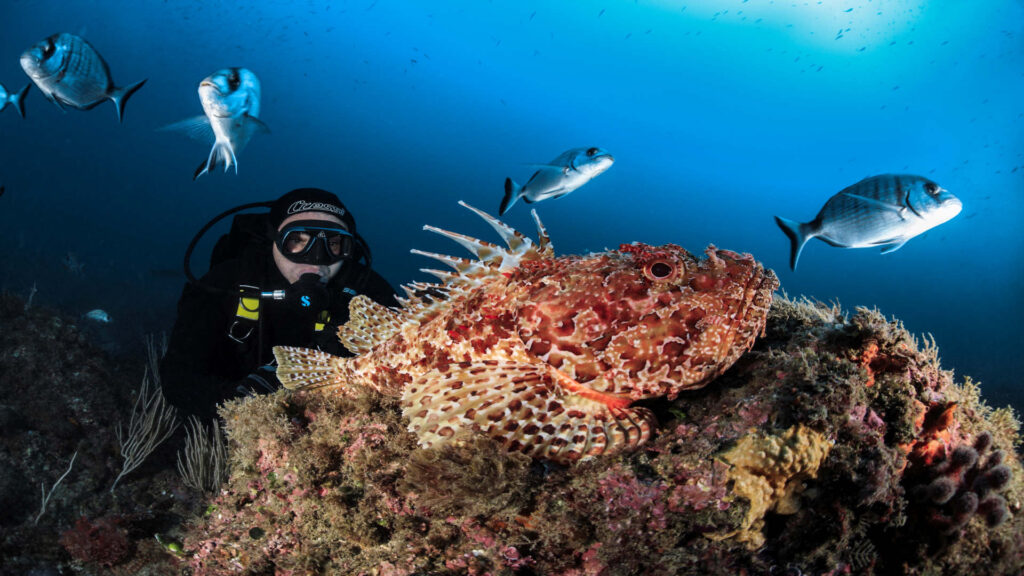The BALEARIC SEA REPORT 2024 (IMB) presents updated data on the different types and status of marine protected areas (MPAs) and their benefits. The new chapter includes the following indicators: Marine reserves of fishing interest, Natura 2000 Network, fish monitoring in EMPs, and the number of recreational dives in marine reserves.
The fish community vulnerable to fishing shows growth in biomass and in the number of species in most of the Balearic Sea MPAs. In some MPAs, the biomass has tripled (Illa del Toro) or quadrupled (Illes Malgrats) between 2005 and 2022. However, in one of the areas studied (Parque Nacional Marítimo-terrestre del Archipiélago de Cabrera), slight decreases were observed, while in others the biomass did not increase so significantly. This could be due to differences present in the habitats, which could have been less favourable depending on the type of bottom and its extent, and/or fewer fishing restrictions and/or less surveillance. For example, in the Natural Park of S’Albufera des Grau, with lower fishing restrictions, the lowest biomass of all the areas studied was recorded.
The increase in fish populations has made the EMPs more attractive areas for recreational diving, with the number of dives increasing from 12,735 in 2005 to 75,936 in 2023.
Many scientific studies show that protecting the Balearic Sea economically benefits sectors such as fishing, diving, and tourism. Monitoring EMP indicators, such as the status of fish stocks, is crucial to maximise these benefits and target management where needed.


